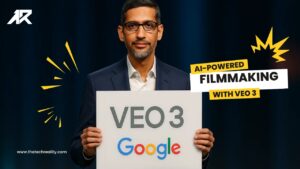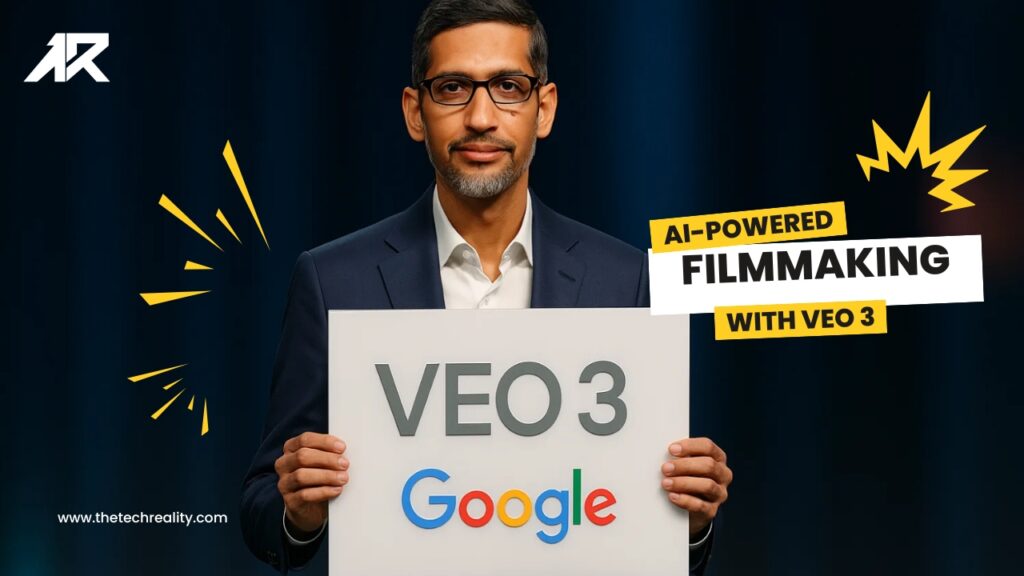Google Veo 3 is the latest advancement in AI-driven video generation, unveiled at Google I/O 2025. Developed by Google DeepMind, Veo 3 enables users to create high-quality, realistic videos using text and image prompts. It supports various cinematic styles and integrates audio elements like music and voice, offering a comprehensive tool for content creators.
What is Veo 3?
Veo 3 is a generative AI model designed to produce high-definition videos from textual or visual inputs. It interprets prompts to generate videos that can include synchronized speech, ambient sounds, and realistic motion, making it suitable for filmmakers, educators, marketers, and other professionals.
How Does Veo 3 Work?
Veo 3 utilizes advanced machine learning techniques, including latent diffusion transformers, to understand and render complex scenes. It can process detailed prompts, capturing nuances in tone and style, and generate videos that reflect real-world physics and motion. The model also supports editing capabilities, allowing users to modify existing videos by adding or removing elements based on new prompts.
Key Features
- Multimodal Input: Accepts text and image prompts to generate videos.
- High-Resolution Output: Produces videos in 1080p and 4K resolutions.
- Cinematic Understanding: Recognizes terms like “timelapse” or “aerial shot” to create stylistic videos.
- Audio Integration: Generates synchronized speech, music, and sound effects.
- Editing Capabilities: Allows for modifications to existing videos through additional prompts.
- Safety Measures: Implements SynthID watermarking and content filters to ensure responsible use.
Availability
Veo 3 is currently accessible to:
- Gemini App Subscribers: Available to Ultra plan subscribers in the U.S.
- Enterprise Users: Integrated into Google’s Vertex AI platform for business applications.
As of now, there is no official confirmation regarding its availability in India.
Future Outlook
Google plans to expand Veo 3’s capabilities and availability, potentially integrating it into platforms like YouTube Shorts and other creative tools. The ongoing development aims to enhance user experience and broaden the model’s applicability across various industries.
Sources: Google, Blog


